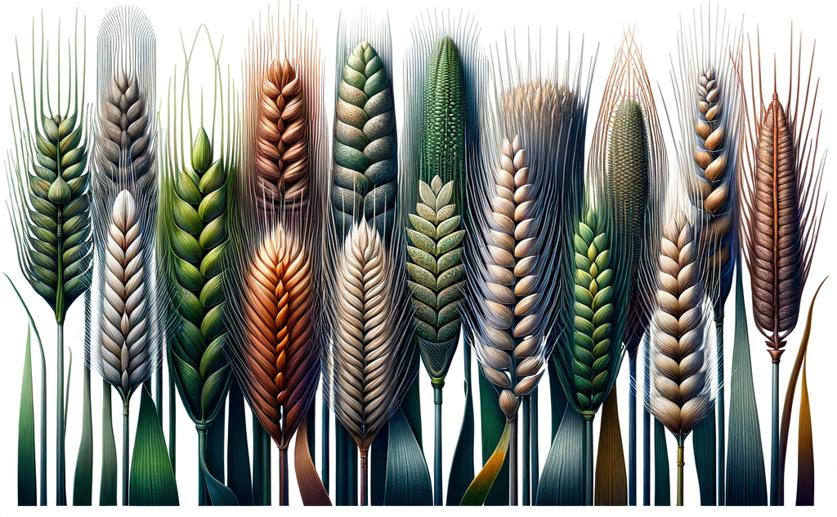
Different Types of Ryegrass Studied by Traits and Genetic Markers
Greg Howard
4th August, 2024

Image Source: Natural Science News, 2024
Key Findings
- The study, conducted in northwestern Spain, found significant genetic diversity among natural ryegrass populations compared to commercial cultivars
- This genetic diversity is crucial for the resilience and adaptability of ryegrass, especially in changing environmental conditions
- The findings highlight the importance of conserving natural ryegrass populations to maintain a genetic reservoir for future breeding and environmental adaptability
AgricultureGeneticsPlant Science
References
Main Study
1) Diversity of ecotypes of five species of ryegrass from Northwestern Spain by phenotypic traits and microsatellites
Published 3rd August, 2024
https://doi.org/10.1186/s12870-024-05440-7
Related Studies
2) Genetic linkage mapping of an annual x perennial ryegrass population.
Journal: TAG. Theoretical and applied genetics. Theoretische und angewandte Genetik, Issue: Vol 109, Issue 2, Jul 2004
3) EST-derived SSR markers used as anchor loci for the construction of a consensus linkage map in ryegrass (Lolium spp.).



 28th July, 2024 | Jim Crocker
28th July, 2024 | Jim Crocker